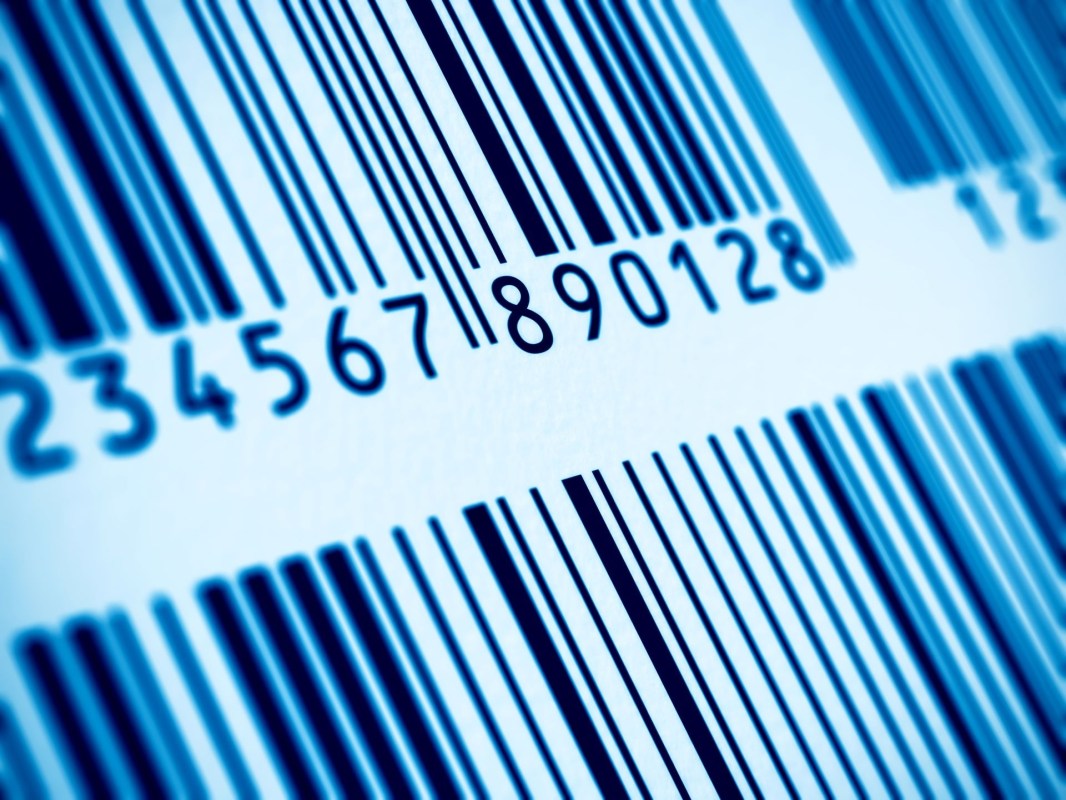New 2D barcodes are all set to revolutionize the inventory and packaging industries by offering much more information than regular, old barcodes.
The standard Universal Product Code (UPC) barcodes we have seen for nearly 50 years will eventually be replaced by 2D barcodes. The barcode industry has set a goal that, by 2027, the new 2D codes will be scannable by all retailers in a worldwide push called "Sunrise 2027." UPCs will still be accepted and scanned after that date, although they will be phased out.
What are 2D barcodes?
A 2D or two-dimensional barcode stores information horizontally — like the 1D barcodes that we know — as well as vertically. Adding the vertical coding results in a higher storage capacity.
GS1 US, the nonprofit organization that oversees barcodes, is driving the efforts in the global transition from the well-known UPC-A barcode (which represents 12 digits) to a two-dimensional web-enabled version.
How do 2D barcodes work?
Newer 2D barcodes often use imaging scanners for capturing the data and can be used without a network connection and for processing a large amount of data.
2D barcodes can store up to thousands of alphanumeric characters, unlike linear 1D barcodes, which can store less than 25 characters.
QR codes, a type of 2D barcode, gained popularity during the COVID-19 pandemic and are now a standard tool to access restaurant menus, as reported by CNN Business. These codes, named for being "Quick Response," are not the only type of 2D barcode, though they illustrate the format's potential.
"The mechanics of being able to encode on both dimensions of that square QR code give you the ability to put more robust information than you can today in a UPC that can only hold a small amount of numbers," Carrie Wilkie, senior vice president of standards and technology at GS1 US told Axios.
How can 2D barcodes be revolutionary?
2D barcodes will allow consumers to access a wide range of data, including ingredients, recipes, discounts, and offers, going beyond the "beep" at the check-out counter.
They will provide greater transparency into the product's origins and work toward improving product safety.
For retailers, these barcodes will help improve inventory management through which they can quickly identify faulty items and keep them away from shelves, reports Axios.
These barcodes will also help brands access information for traceability programs, sustainability initiatives, and consumer engagement actions.
How are they useful for sustainability efforts?
2D barcodes can reduce food waste by helping consumers and retailers immediately identify if a product is nearing or past its expiration date. Once identified, retailers can proactively mark it down and sell the product instead of having to throw it away.
The barcodes will also assist AI-powered robots that can pick out recyclable items and divert them away from trash.
For consumers, 2D barcodes can provide information about materials used in making a product and help them make informed choices about what they buy.
Stores such as Woolworths have successfully reduced food waste by using 2D barcodes, reported GS1 Australia on the outlet Inside FMCG.
"As we work towards a better tomorrow with our suppliers, 2D barcodes can help us communicate a product's verified sustainability credentials to customers," Roberto Olivares, senior project manager at Woolworths, told GS1 Australia for Inside FMCG.
Join our free newsletter for weekly updates on the coolest innovations improving our lives and saving our planet.









